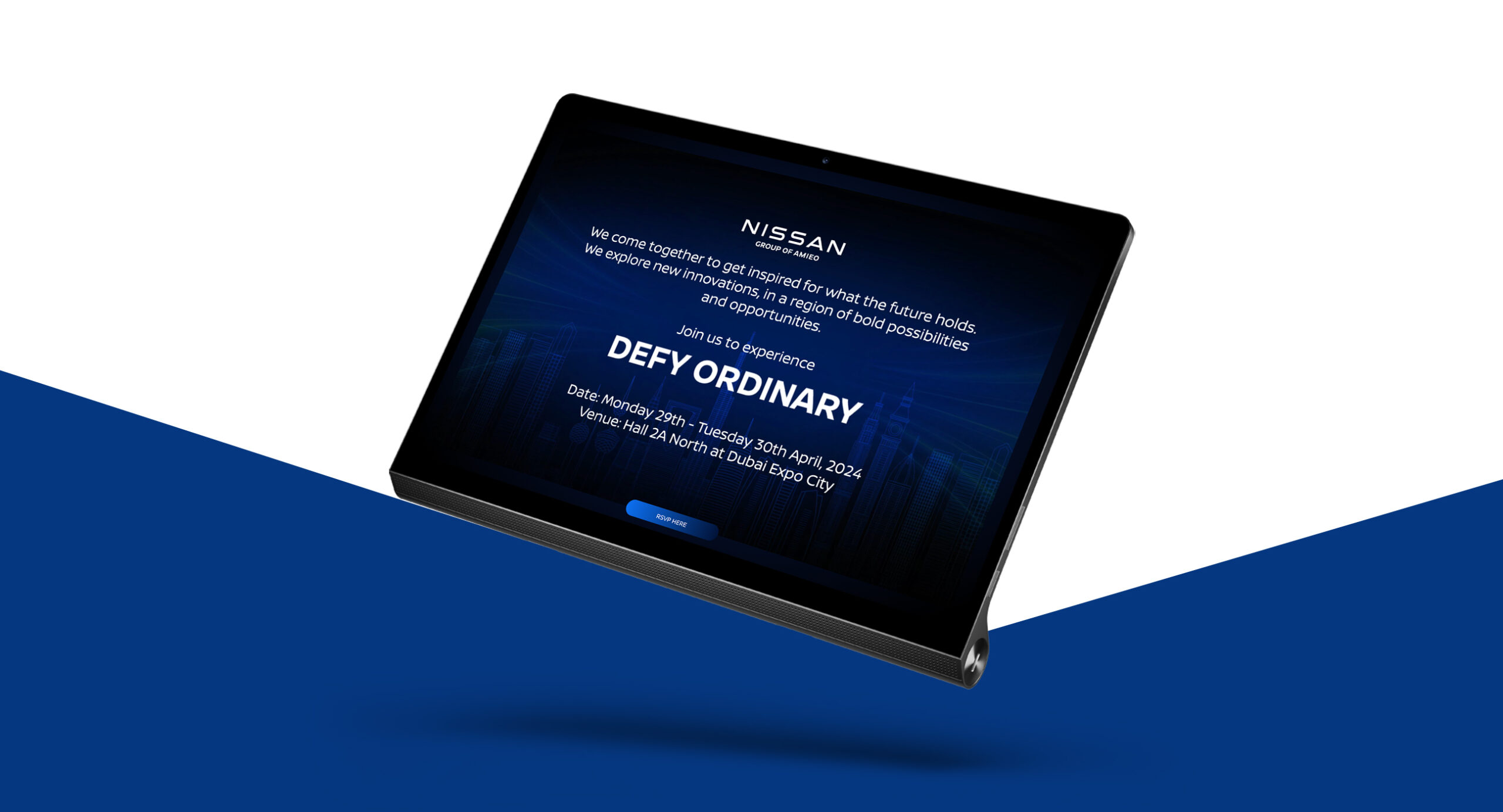Do you struggle with big brands’ keyword bid strategy where you target paid search ads? You need to figure out ways by which you can reach out to your customers. There is no worse feeling than finding your best terms hijacked by your competitors. Mostly the discussion is around the Google ads standpoint, but a few of the strategies are applicable to Microsoft ads as well.

Using keyword variants
The most viable way to bypass expensive auctions is to use the right keyword bid strategy. Synonyms and misspellings will provide you access to the same search terms. If you find that the big brands are driving up the auction prices for the common variants, then consider opting for the lesser ones. An example is if the expensive gift was him or her then you may consider the following
- Gifts for him/ her
- Presents for him/ her
- Gifting for her/ him
You need to test at a time match on PPC bid management where you zeroed in on the original keyword strategy. Pause using the original keyword after testing. By stopping, you’ll be able to save the information and resume if the new version doesn’t function.
Adjusting the bidding strategy
Smart and automated bidding has a series of benefits. Hence it is very easy for cost per clicks( CPC) to spike based on the bidding goal. Since these conversions carry a lot of weight, conversion-based bidding techniques are the most vulnerable to surges.
It is better to opt for a PPC bid management strategy where the bid happens to be a straightforward way to ensure that the budget is not out of control. The general feeling is that if the bid cap is low then you may kill volume.
You should be able to acquire enough clicks in your direction to produce leads up until the bid cap is 10% less than your daily budget. It denotes that the bid-to-budget ratios adhere to accepted business practices.
Use audience exclusions/ targets
Audiences are frequently forgotten in discussions of auction prices. Yes, it is true that the audiences need to be part of the PPC bid management strategy. They can therefore be used to either exclusively exclude or include the target. Additionally, you may use first-party audiences like website visitors or customer matches to direct your spending towards warm leads or spend less on those who already know you.
The process of brand bidding in details
The PPC bid strategy for paid keywords will give you a roadmap of whether the plan is the right one for your business or not.
Define the brand bidding objectives
The brand bidding objectives use the following evaluators
- External threats
- Strategic Framework
- Internal value
- Implementation
For most businesses the end goal is profit. Though there are bound to be other goals too. The focus will be on top funnel actions rather than revenue or take into consideration lifetime value rather than the immediate results. There could also be a SERP domination strategy where you would look to pep up the cost of entry for the competitors in entering the brand auctions.
Conduct competitor analysis
During the course of the step, you will uncover whether you are losing business to the competition if you do not bid on your own brand. The goal is to determine the threat of lost links and revenue, as the reasons could be that the competitor ads compete with your listing or you are not on the top result of your brand name.
In other instances, even when not directly targeting the brand, the ad serves against branded queries. Despite their outcome, they are still visible atop the listing.. There is a possibility that your business will not have any true threats as there are no competing ads. But if you have target competition most threats pose a legitimate threat to your business.
Identifying the value of the branded ads
Apart from figuring out whether there is direct competition for your brand or not, you will want to be aware of investing in paid traffic. Keyword bid strategy is defensive in nature but it is not limited to that. There may be other reasons to bid on a product like testing new products or services.
Revenue considerations also come into prominence. Still, there are a few ways by which you may compare the performance of your paid clicks to organic and identify the true return on the ad spend.
Building the Strategic Framework
After you have scoped up the objectives and analysis, you need to have an idea of whether or not a paid brand search is valuable for your business. You must connect your goals to actions and measurable outcomes. The fact is whether you need to bid on a brand is subject to the fulfilment of certain conditions. Which are the conditions you are looking to pause it?
Brands are known to outperform other keywords. You should not allow brand traffic to bear the impact of underperforming campaigns. To maximize the objectives, it is necessary for you to split the results and objectives
Implementation
By now there premeditated agenda that includes whether to embrace or exclude a bid on brands, and the accounts that you need to match. It is the right time to implement. If you are looking to exclude brands then do them throughout as negative keywords in your account. If you are simply not going to bid on a brand you will be still able to participate in the auctions on branded terms.
Segment the keywords so that they are branded and non-branded items should not mix with the campaigns.
To conclude PPC bid strategy on your brand is a business decision to be driven by strategy with no emotion. The moment you develop a successful brand bidding strategy, that answers the challenges of the business. You can follow the above-mentioned steps to reduce any form of guesswork and controversy with object marketing choices that lead to business growth.
For more such blogs, Connect with GTECH.
Related Post
Publications, Insights & News from GTECH








